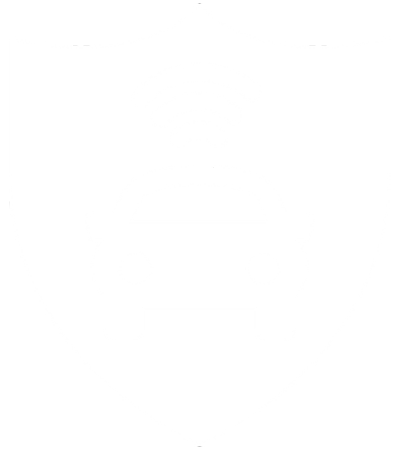Active GPS tracking causes privacy and security concerns
School administrators are turning to digital solutions to manage the arrival and departure of parents/drivers on their campuses during student dropoff and pickup. Some solutions utilize the parent’s/driver’s cell phone location (GPS). GPS “geofencing”, as it is called, allows school administrators to set a digital perimeter around their school campus that enables mobile apps to determine if the user’s cell phone is physically on their campus. Parents/drivers can now essentially “announce” their arrival and departure via a mobile app, making the arrival and dismissal processes easier.
But with GPS-based systems, it is critical that the mobile app not access the parent’s/driver’s GPS location outside the school’s geofence. Some “Active” GPS-based tracking apps collect location data both inside and outside of the geofence – data that parents/drivers and administrators do not want tracked or stored.
Administrators must understand the difference between “Active” and “Passive” GPS tracking to ensure that the privacy of their families is respected.
Active vs. Passive GPS Tracking
In some GPS-based apps, once a user allows the app to use their location, the tracking is on permanently, whether the app is in the foreground or background. This Active, always-on type of app lets it track movement outside the geofence, 24/7. The privacy and security problems are easy to see. The better alternative is a Passive location services app – an app that allows the user to provide their GPS location only when they are inside the geofence zone, not outside of the geofence. Administrators who care about privacy should make sure the app they use is designed to acquire the GPS location only based on user action, and that the GPS coordinate data is not stored.
Solving Privacy Concerns and Security – At the Same Time
An even more effective dismissal automation and security solution for K-12 communities is the combination of a Passive GPS geofence and 24/7 automated license plate recognition (ALPR) cameras installed on campus. ALPR cameras automatically announce the arrival and departure of drivers – without human intervention and the without the risks of Active GPS tracking. With ALPR cameras, school administrators have real-time awareness of every vehicle driving on and off campus. When you combine ALPR cameras with a Passive GPS parent/driver app, you benefit from 24/7 security and an app that respects your users’ privacy. Parents/drivers have the option to use the GPS app features within the geofence when offered based on student drop-off and pickup policies set by school administrators.
SchoolPass is a complete K-12 school movement solution which integrates Passive GPS and ALPR technology. School leaders no longer risk tracking their parents/drivers 24/7, and they are equipped with automated, instant information about vehicles driving on and off campus. GPS-based announcement within the school’s geofence can be enabled during the school day for late arrival, early pickup, or aftercare pickup. SchoolPass does not store any GPS location data.
School administrators and security personnel are immediately notified when unwanted license plates are detected for situations such as potential custody violations, expelled students, or dismissed staff. Staff can quickly and proactively respond to threats by detecting them at the campus perimeter, instead of waiting for threats to arrive in buildings
Want to learn more? Contact SchoolPass today for a consultation to discuss the benefits and risks of dismissal automation systems.

